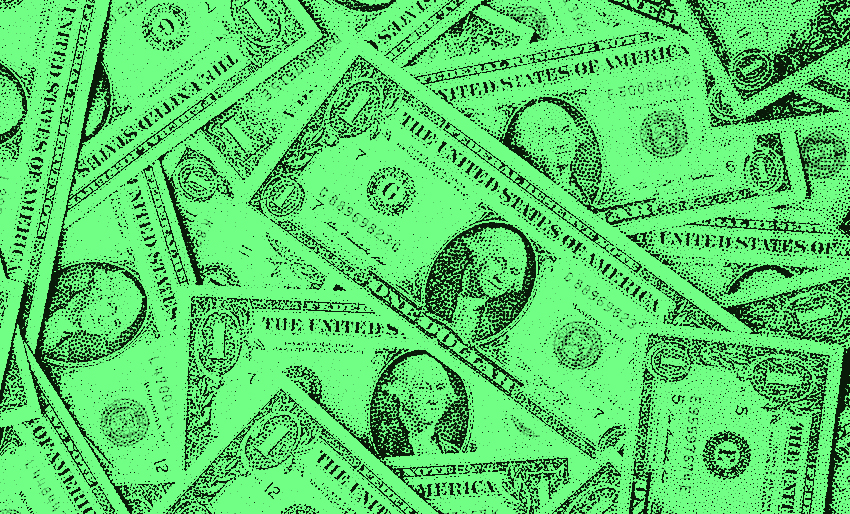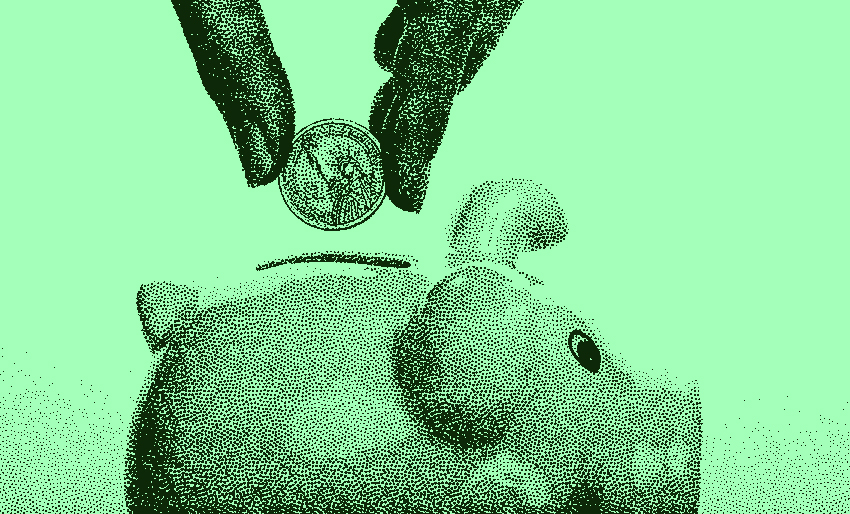The Economy Is Doomed. Or Is It? What The Government Is Doing About It
Update to this post: The President has officially signed the economic stimulus bill into law (read about it here). You can still read the rest of this post too – there’s some other good stuff in here. Update over.
The big financial news today is all about the government stimulus, aka money they’re going to pump into the system to keep things from collapsing.
At this point it’s really unclear what impact the coronavirus and government mandated shutdowns will have on the economy, but it’s almost certain to be bad. Just how bad will depend on a number of factors, in particular, how long it lasts.
So the government is taking unprecedented steps to prevent a complete meltdown of our economy. But what are they actually doing?
What the Federal Reserve, aka the Fed, is doing
The Federal Reserve is responsible for managing our money supply, which they typically do by raising/lowering short-term interest rates. When things are looking slow in the economy, they lower rates to encourage lending and growth. When things seem to be overheating, they raise rates to slow it down and prevent inflation.
Last week, we posted about the Federal Reserve dropping short-term interest rates to zero and committing to a new round of quantitative easing, where they committed to buy $700 billion of Treasury bonds and mortgage-backed securities.
Then yesterday, they announced they “will purchase Treasury securities and agency mortgage-backed securities in the amounts needed to support smooth market functioning and effective transmission of monetary policy to broader financial conditions and the economy.” This basically amounts to unlimited quantitative easing.
So what does this really mean?
As financial markets have fallen sharply, the Fed is worried about a lack of liquidity – not enough buying to offset the selling, which can result in companies not being able to borrow money, which can lead to layoffs, which will hurt the economy more, which can lead to more layoffs…you get the idea. A vicious cycle. So they’re hoping that by stepping in and agreeing to buy financial assets, they can ensure financial markets continue to function and businesses and individuals can continue to access money.
In essence, they’re trying to prevent the ultimate run on the bank (when everyone tries to get their money out at once, like in It’s a Wonderful Life).
What Congress is doing (or trying to do)
While the Fed is in charge of the money supply, the federal government, which is something else entirely, is also working on a plan.
(The Federal Reserve officially operates independently of the federal government, although they do work together. And yes, the names are confusing).
The federal government is comprised of Congress (the House of Representatives and the Senate), the President, and the court system. Right now, the Senate is working on a stimulus bill, that if/when signed into law would provide large scale economic relief.
While the senators are still figuring out the details, reports suggest it could offer up to $2 trillion of economic support to businesses and individuals. To put that in perspective, the U.S. annual GDP is about $20 trillion – that’s how much our economy produces every year. So $2 trillion would represent about 10% of that.
And Treasury secretary Mnuchin has stated that depending on how long the current situation lasts, they are prepared to increase the stimulus as necessary.
So what would the stimulus bill/law entail?
Again, none of this has been finalized as Congress is still working through it.
But as we mentioned, the “current” total number being thrown around is about $2 trillion and there will likely be a lot of moving parts to it, including money for individuals (some as direct payments to individuals and some as an increase in unemployment insurance), money/support for hospitals, and money for hard hit businesses, including small and medium-sized businesses to help maintain payroll.
Basically, they’re hoping this money can help prop up the economy while the majority of the country remains closed and at least ease some of the financial pain.
Where it stands now
Comments from Secretary Mnuchin and members of the Senate suggest they’re close to finalizing it (they need 60 votes in the Senate to move forward). And markets are rallying around the news (of course anything can happen in the market).
So stay tuned, and we’ll do our best to keep you informed.
Update (3-26-20): The Senate has officially passed the $2 trillion relief bill. The bill includes direct payments to individuals, an increase in unemployment insurance, incentives for businesses to maintain payroll, assistance for hospitals, and more. Here’s a more detailed explanation.
Anything else we can help you with?
► Most recent market recap: 3-20-20
► Read our recent post “Are stocks cheap now?”
► Check out our Investing Cheat Sheet for a general overview of investing
► Learn how to file your taxes quickly and easily with tax preparation software



